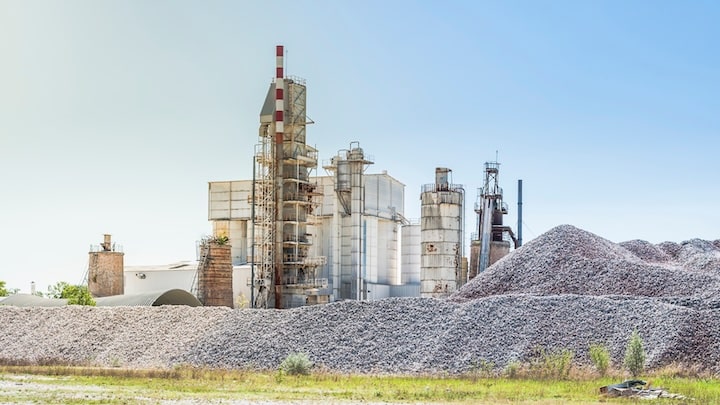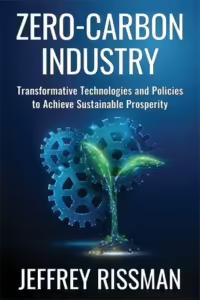The steel and cement industries are enormous and vital components of the global economy. Together, they account for roughly 16% of global greenhouse gas emissions. If the cement and steel industry were a country, it would be the third largest emitter. Both industries are referred to as “hard-to-abate” sectors because of the perceived challenges in reducing their carbon emissions.
But innovations in technology and policy are changing the way experts look at these industries, opening new doors to decarbonization strategies. They’re also causing new rifts in global trade relations, as countries vie for dominance over emerging low-carbon solutions.
What are the best strategies for decarbonizing the steel and cement industries? How much progress have we made? And how is the emerging low-carbon steel and cement trade reshaping international relations?
This week host Jason Bordoff talks with Chris Bataille about the prospects for decarbonizing the steel and cement industries.
Chris is an adjunct research fellow at the Center on Global Energy Policy, where he studies technology and policy pathways to net zero, with a focus on industrial decarbonization. He is an associate researcher at the Institute for Sustainable Development and International Relations and an adjunct professor at Simon Fraser University. He was also a contributing author to the IPCC 6th Assessment Report.









